Home>Furniture>Office Furniture>How Tall Should Bookshelves Be
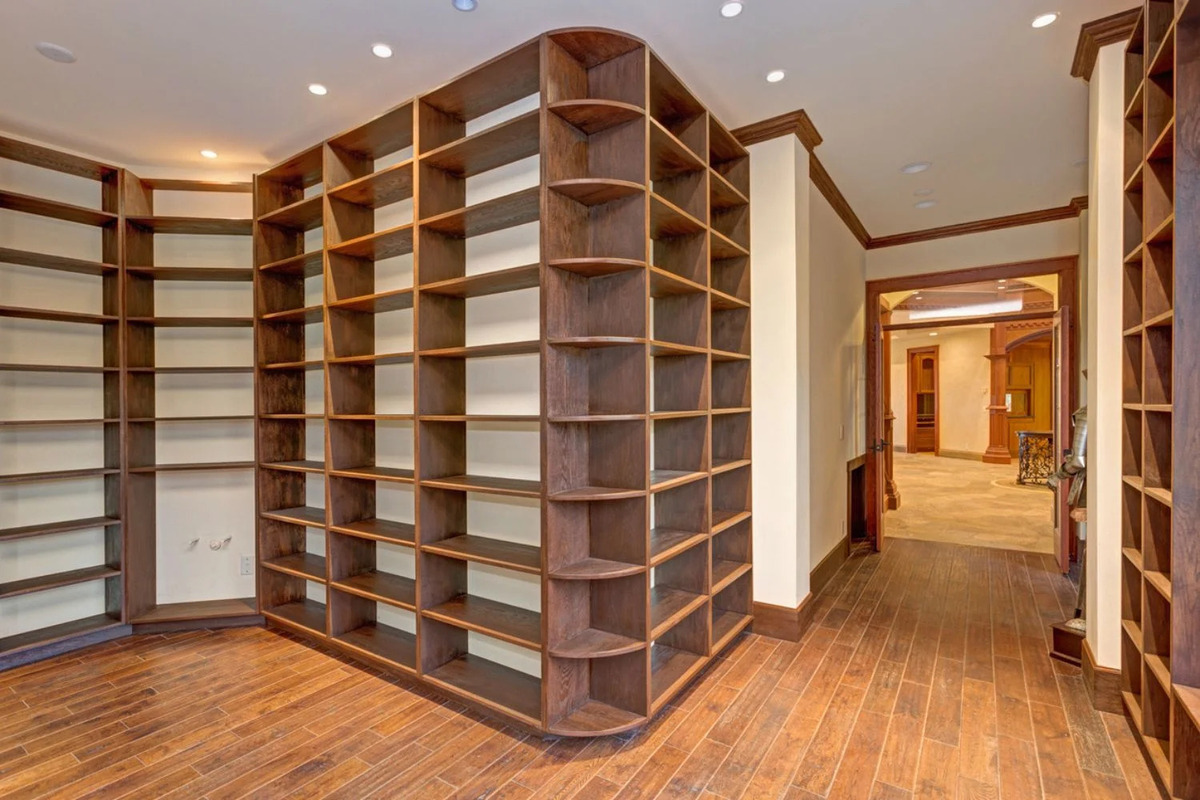

Office Furniture
How Tall Should Bookshelves Be
Modified: January 5, 2024
Find the perfect height for your office bookshelves with our guide. Organize your workspace efficiently with office furniture designed for your needs.
(Many of the links in this article redirect to a specific reviewed product. Your purchase of these products through affiliate links helps to generate commission for Storables.com, at no extra cost. Learn more)
Introduction
When it comes to organizing books, bookshelves play a crucial role in providing a dedicated space for storage. However, choosing the right height for bookshelves is often a matter of confusion for many people. Should they be tall and towering, or short and compact? The answer depends on various factors, including the available space, design preferences, and functional requirements.
In this article, we will explore the factors to consider when determining the height of bookshelves, standard bookshelf heights, the pros and cons of different heights, and even the option for customized bookshelf heights. By the end of this article, you will have a clear understanding of how to select the ideal height for your bookshelves.
Key Takeaways:
- Consider factors like available space, accessibility, functionality, and aesthetic appeal when determining the ideal height for your bookshelves. Customization options provide flexibility to tailor the height to your specific needs.
- Taller bookshelves create an impressive visual impact and offer ample storage space, while shorter bookshelves provide easy accessibility and make a room feel more spacious. Consider the pros and cons to make an informed decision that suits your unique requirements.
Read more: How Far Apart Should Bookshelves Be
Factors to Consider when Determining Bookshelf Height
Before settling on a specific height for your bookshelves, it is essential to consider several factors that will influence your decision. These factors include:
- Available Space: The size of the room and the available wall space will play a significant role in determining the height of your bookshelves. If you have high ceilings and ample wall space, you may opt for taller bookshelves to utilize the vertical space effectively.
- Accessibility: Consider how easily you want to access your books. If you have a vast collection and want quick and convenient access to all your books, shorter bookshelves might be more suitable. On the other hand, if you have a small collection or prefer a more decorative display, taller bookshelves can create an eye-catching focal point in the room.
- Functionality: Think about the purpose your bookshelves will serve. Are they primarily for storage, display, or a combination of both? If your objective is to display decorative items in addition to books, taller bookshelves can provide more surface area for showcasing those items. However, if you primarily need storage space for books, shorter bookshelves may be more practical.
- Aesthetic Appeal: Consider the overall aesthetics of the room and how the bookshelves will fit in. Taller bookshelves can create a sense of drama and grandeur, making them suitable for rooms with high ceilings or a more formal design. Conversely, shorter bookshelves can create a cozy and intimate atmosphere, fitting well in rooms with a more casual or minimalist style.
- Future Flexibility: It’s important to think about the future and whether your needs might change over time. If you anticipate adding more books to your collection or rearranging your space in the future, opting for adjustable or modular bookshelves can provide the flexibility to accommodate those changes.
By carefully considering these factors, you can make an informed decision about the height of your bookshelves that caters to both your functional needs and aesthetic preferences.
Standard Bookshelf Heights
While there is no one-size-fits-all answer to the ideal bookshelf height, there are some general guidelines and standard measurements that can serve as a starting point for your decision-making process.
For typical residential bookshelves, the standard height ranges from 72 to 84 inches (182 to 213 cm). This height is designed to accommodate most books, including standard-sized hardcovers and paperbacks. It also allows for easy organization and accessibility, as shelves can be spaced at intervals of 10 to 14 inches (25 to 36 cm) to accommodate different book heights.
However, it’s important to keep in mind that these standard measurements are not set in stone. You can adjust the height based on your specific needs and preferences. For example, if you have a large collection of oversized art books or coffee table books, you may want to consider taller shelves to ensure they fit comfortably.
Another aspect to consider is the number of shelves. The more shelves you have, the shorter the height of each individual shelf can be. This can be particularly useful if you have limited wall space or prefer a more compact look.
It’s worth noting that commercial bookshelves often have different height standards compared to residential bookshelves. In libraries or office settings, the height of bookshelves can vary depending on the types of books being stored, the space available, and the desired aesthetic.
Ultimately, the standard bookshelf height should serve as a starting point, which you can modify to suit your specific requirements and the unique characteristics of your space.
When choosing the height of bookshelves, consider the ceiling height and the overall aesthetic of the room. Taller bookshelves can make a room feel more spacious, while shorter ones can create a cozier atmosphere.
Pros and Cons of Different Bookshelf Heights
Choosing the right height for your bookshelves involves considering the advantages and disadvantages of different options. Let’s explore the pros and cons of various bookshelf heights to help you make an informed decision:
- Taller Bookshelves:
- Pros: Taller bookshelves can create an impressive visual impact, especially in rooms with high ceilings. They provide ample space for displaying decorative items and can give your room a grand and sophisticated look. Taller bookshelves also offer more storage capacity, allowing you to accommodate a larger book collection.
- Cons: While taller bookshelves offer more storage space, they can be challenging to access, especially for shorter individuals or those with limited mobility. They may require the use of stools or ladders to reach higher shelves. Taller bookshelves can also make a room feel crowded if not proportionate to the available space.
- Shorter Bookshelves:
- Pros: Shorter bookshelves are more easily accessible, allowing you to reach books on higher shelves without the need for additional assistance. They create a sense of openness and can make a room feel more spacious and less cluttered. Shorter bookshelves are also more suitable for rooms with lower ceilings or limited wall space.
- Cons: The main drawback of shorter bookshelves is that they offer less storage space compared to taller options. If you have a large book collection, you may need to get creative with alternative storage solutions or consider a combination of shorter bookshelves and additional storage units.
Ultimately, the decision between taller and shorter bookshelves depends on your specific needs, the available space, and your personal preferences. Consider the accessibility, storage requirements, and aesthetic aspects of your room to determine which option is the most suitable.
Customized Bookshelf Heights
If standard bookshelf heights don’t fully meet your requirements, or if you have specific needs based on your book collection or the layout of your space, customized bookshelf heights can be an excellent solution. Customization allows you to create bookshelves that are perfectly tailored to your needs and preferences. Here are some options to consider:
- Adjustable Shelves: Opting for bookshelves with adjustable shelves gives you the flexibility to modify the height as needed. This can be particularly useful if you have a mix of book sizes or if you anticipate your collection growing or changing in the future. Adjustable shelves offer versatility and adaptability to accommodate your books and other display items.
- Modular Units: Modular bookshelf systems are made up of individual units that can be combined and arranged in various configurations. With modular units, you have the freedom to customize the height and width of the shelves, allowing you to create a bookshelf that perfectly fits your available space and design aesthetic.
- Custom-Built Bookshelves: If you have specific design preferences or unique spatial constraints, opting for custom-built bookshelves is an excellent choice. Working with a skilled carpenter or furniture maker, you can design bookshelves that are tailored to your exact specifications in terms of height, width, and even the number of shelves. Custom-built bookshelves ensure that every inch of available space is efficiently utilized, maximizing functionality and aesthetics.
When considering customized bookshelf heights, it’s vital to collaborate with professionals who have expertise in designing and constructing custom furniture. They can guide you throughout the process, offering expert advice and ensuring that your custom bookshelves are not only visually appealing but also structurally sound and durable.
Remember, customized bookshelf heights provide you with the opportunity to create a truly unique and personalized storage and display solution for your books. Take advantage of the flexibility that customization offers to optimize your bookshelf height and create a functional and visually stunning addition to your space.
Read more: How Tall Should A Shed Be
Conclusion
Choosing the right height for your bookshelves is an important decision that involves considering various factors. Factors such as available space, accessibility, functionality, aesthetic appeal, and future flexibility play a crucial role in determining the ideal height for your bookshelves.
While there are standard bookshelf heights that serve as a general guideline, customization options provide the flexibility to tailor the height to your specific needs. Adjustable shelves, modular units, and custom-built bookshelves allow for a personalized storage and display solution that maximizes both functionality and aesthetics.
When determining bookshelf height, it’s essential to strike a balance between accessibility and storage capacity. Opting for taller bookshelves can provide ample storage space and create an impressive visual impact, but may require additional assistance to access higher shelves. On the other hand, shorter bookshelves offer easy accessibility but may have limited storage capacity.
Consider the pros and cons of different bookshelf heights to make an informed decision that suits your unique requirements. Taller bookshelves can create a grand and sophisticated look, while shorter bookshelves can make a room feel more spacious and less cluttered.
Ultimately, the height of your bookshelves should align with your personal preferences, the available space, and the overall aesthetic of the room. By carefully considering these factors and exploring different customization options, you can create bookshelves that not only provide functional storage but also enhance the overall ambiance of your space.
Remember, the perfect bookshelf height is the one that seamlessly blends practicality, style, and personalized touches to create a functional and visually appealing storage solution for your beloved book collection.
Frequently Asked Questions about How Tall Should Bookshelves Be
Was this page helpful?
At Storables.com, we guarantee accurate and reliable information. Our content, validated by Expert Board Contributors, is crafted following stringent Editorial Policies. We're committed to providing you with well-researched, expert-backed insights for all your informational needs.
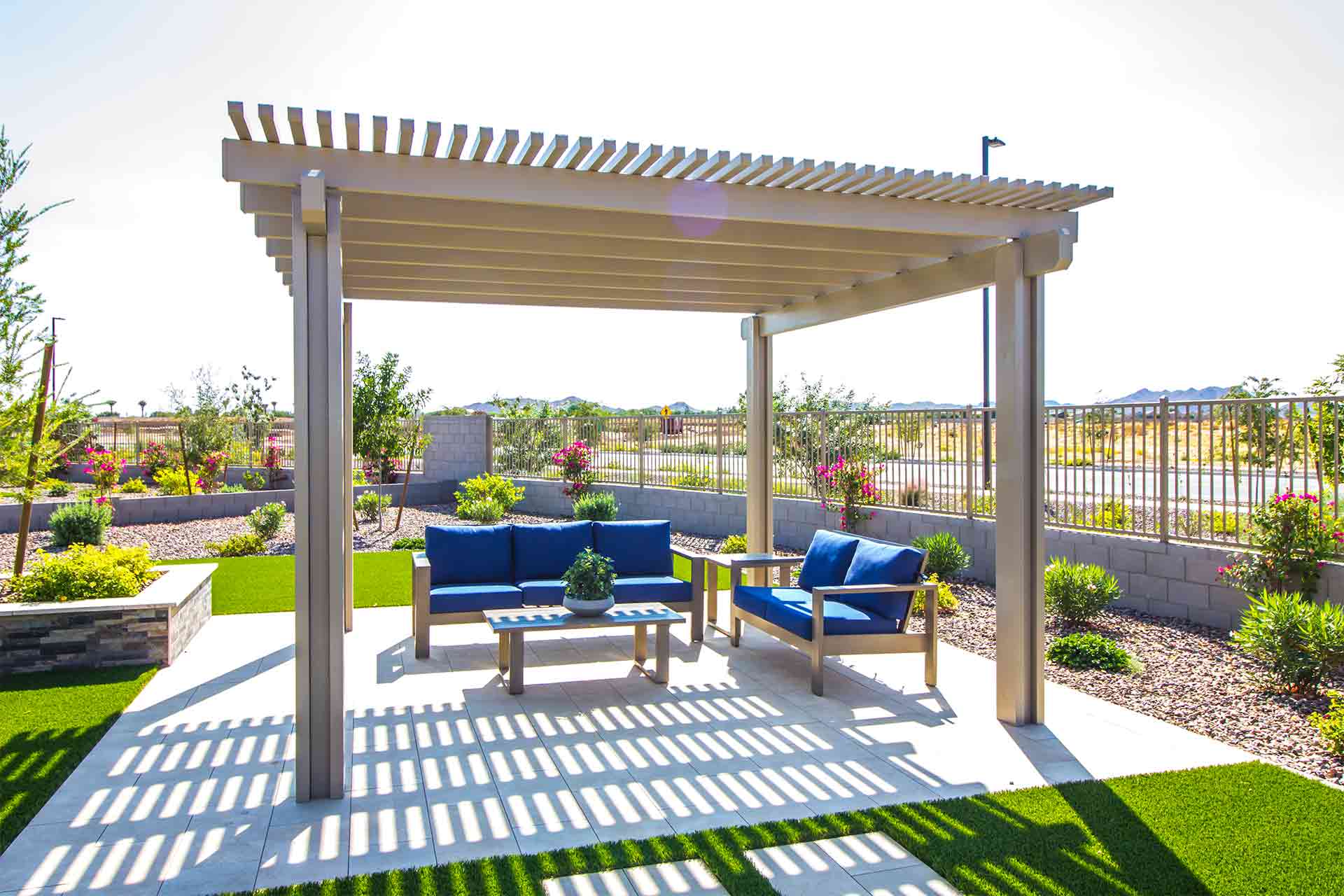
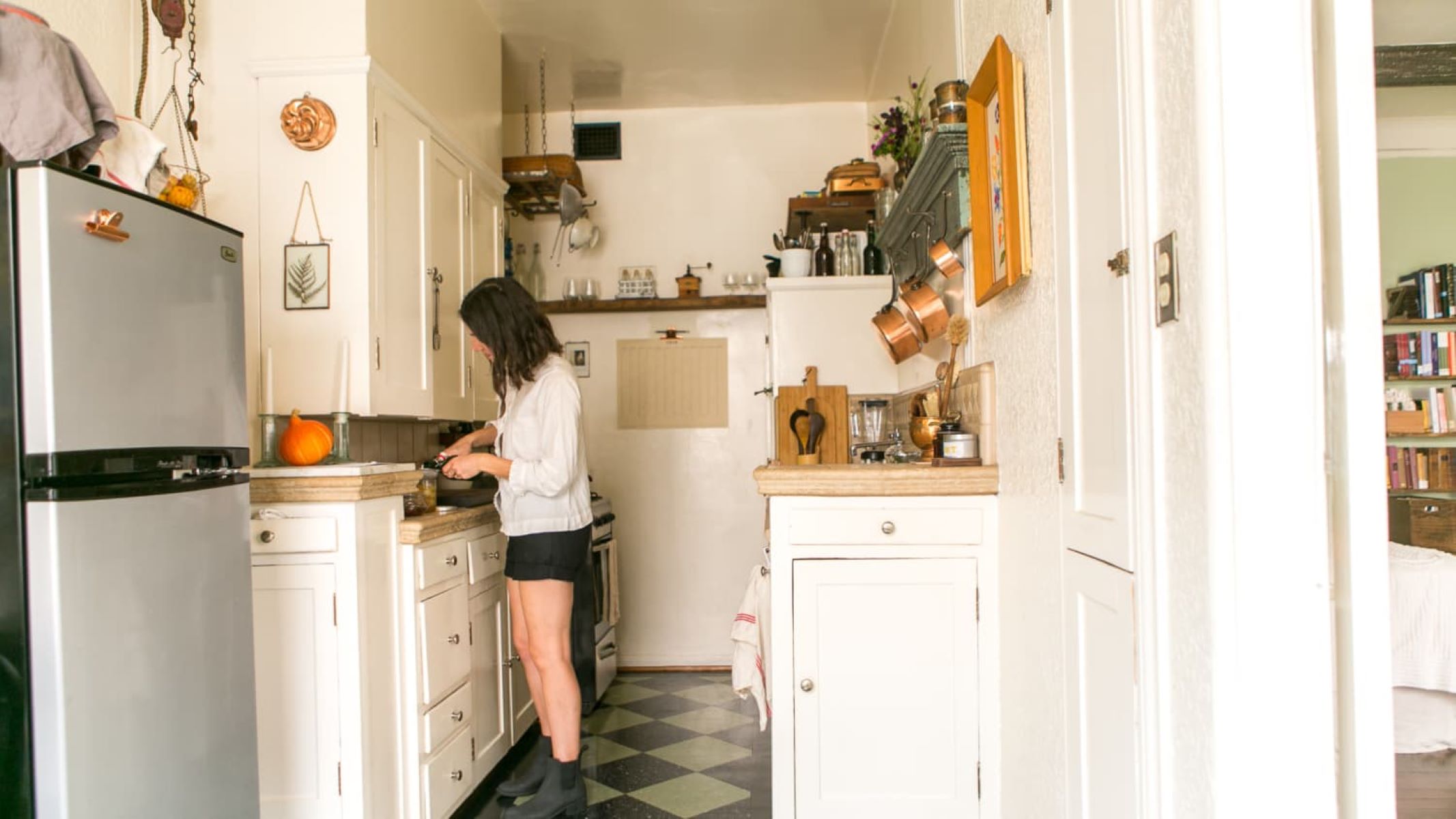
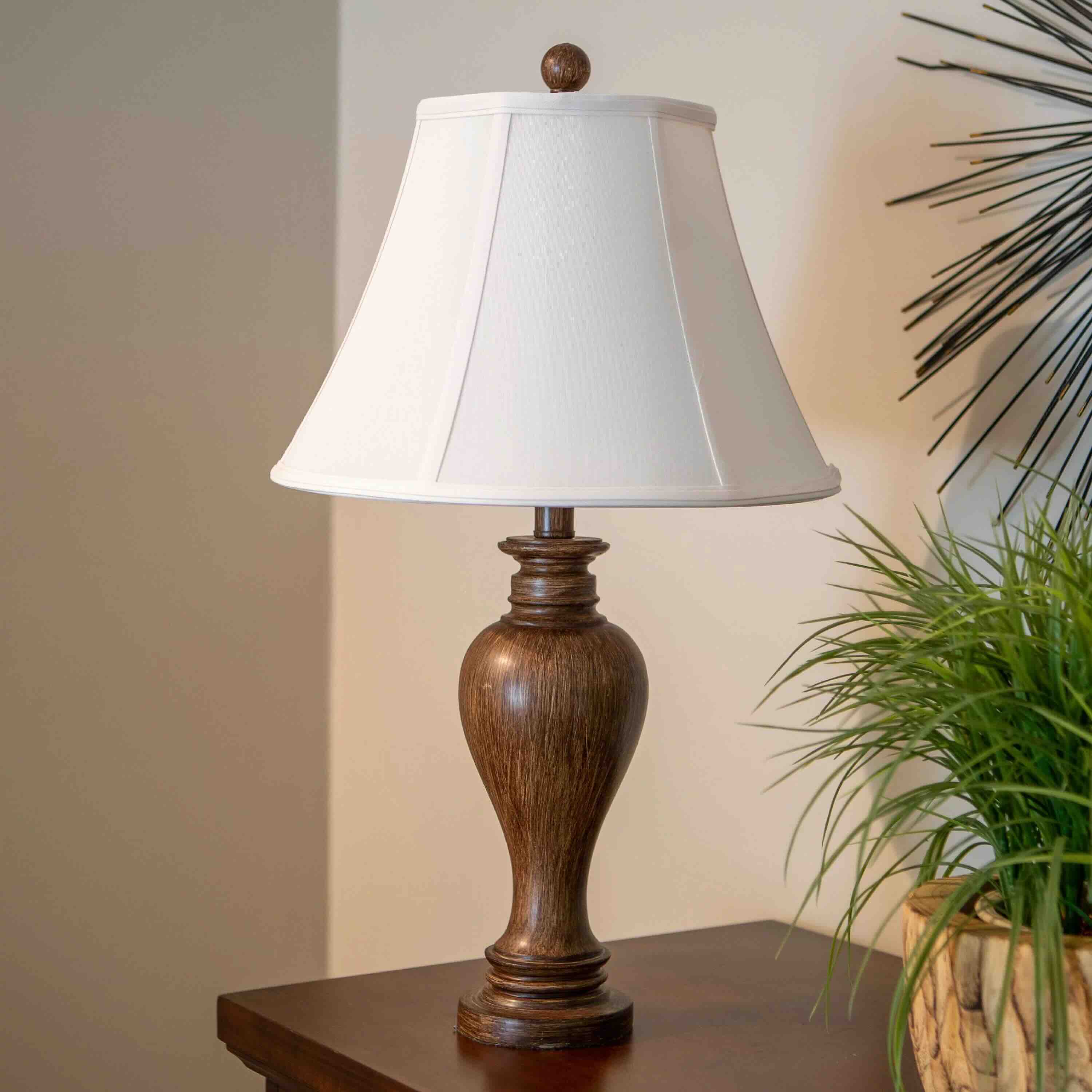
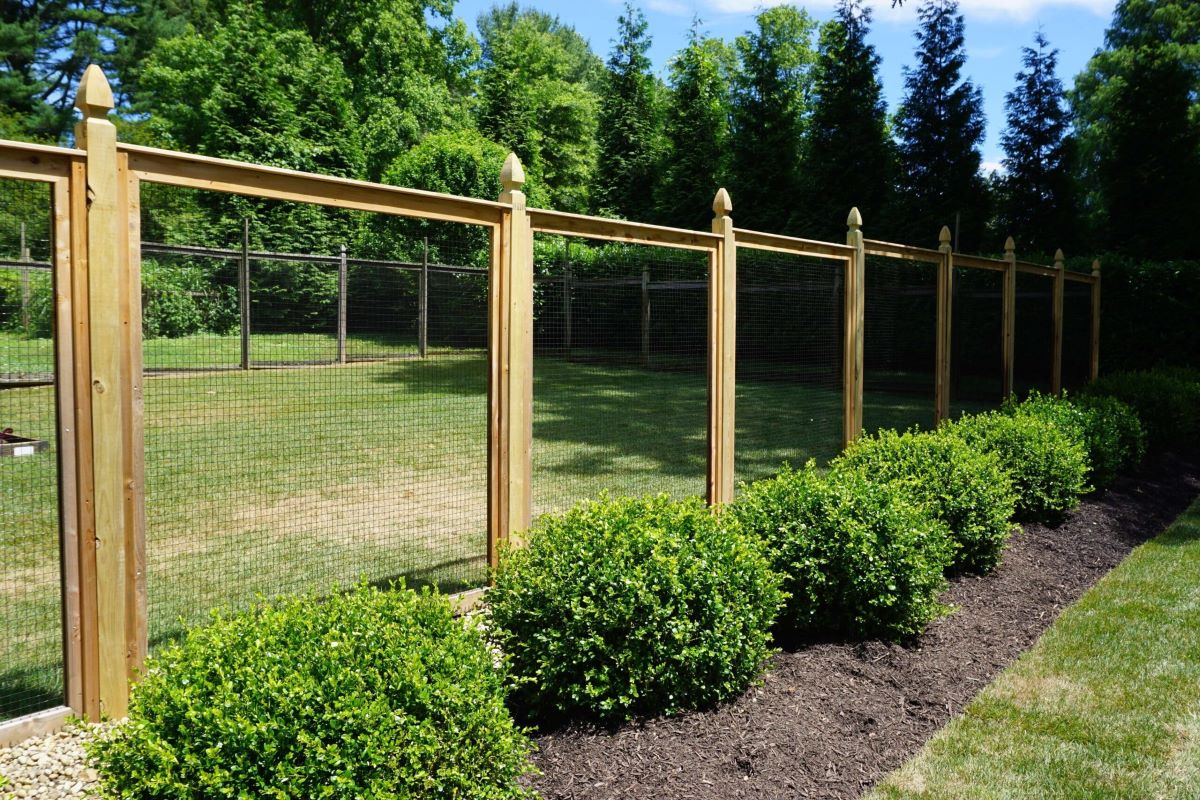
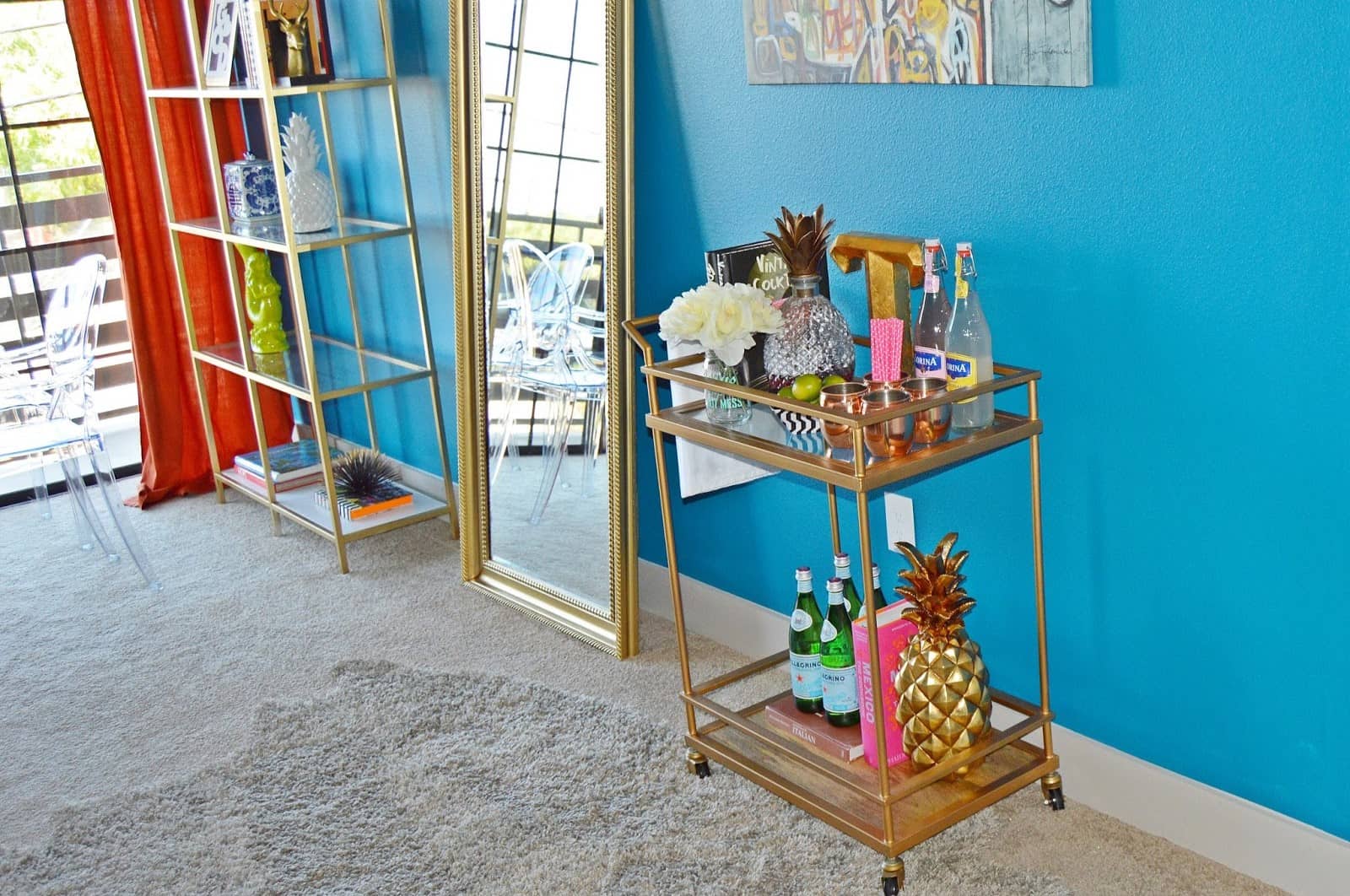
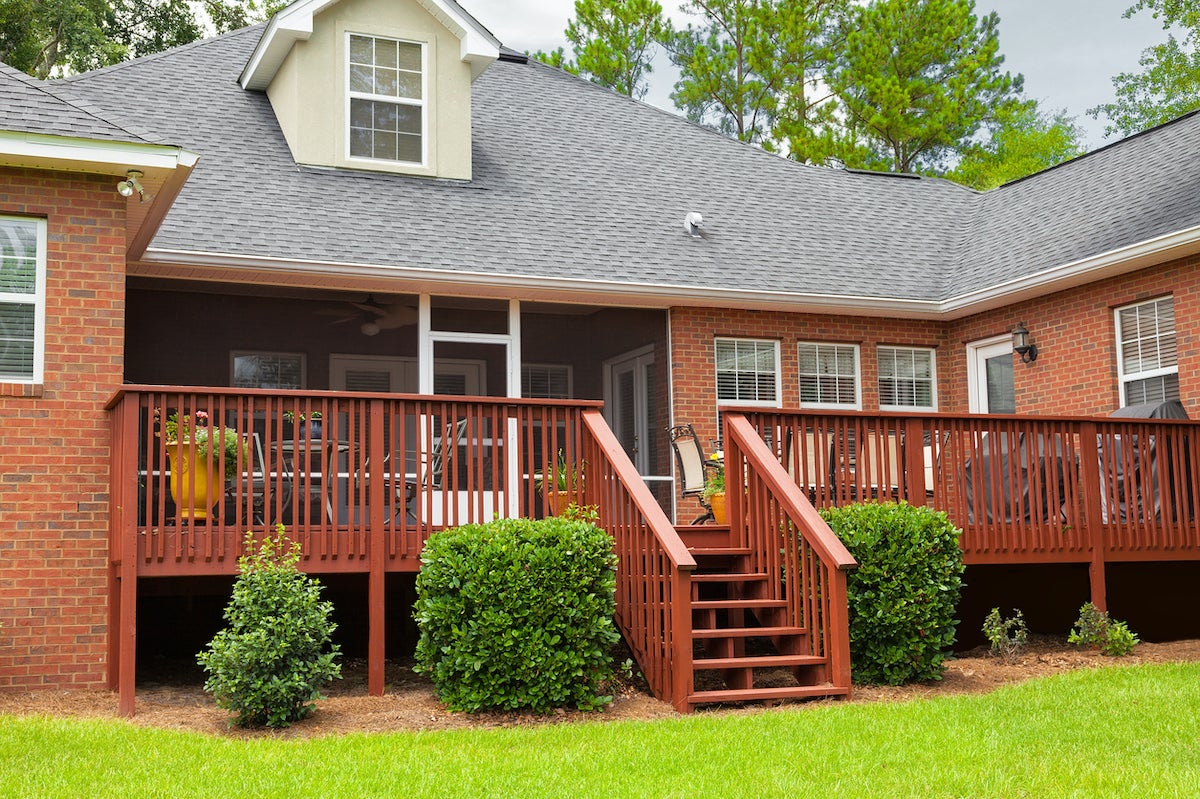
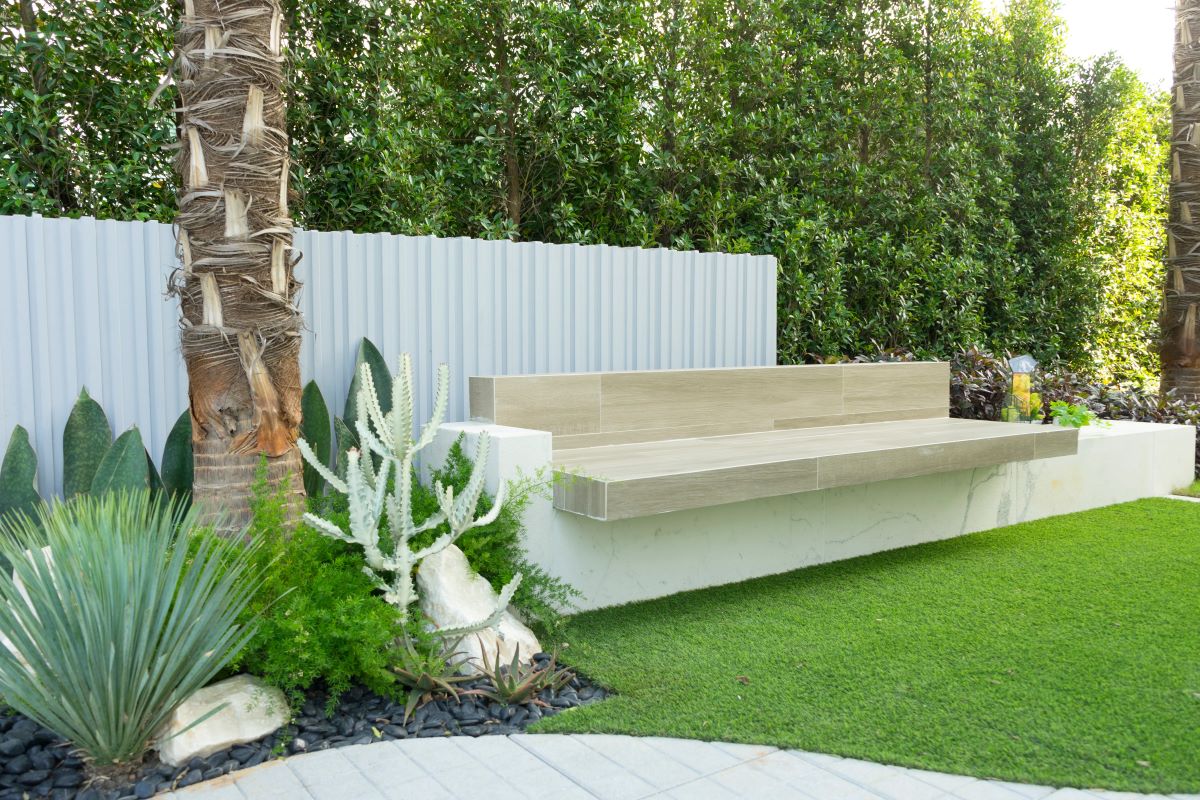
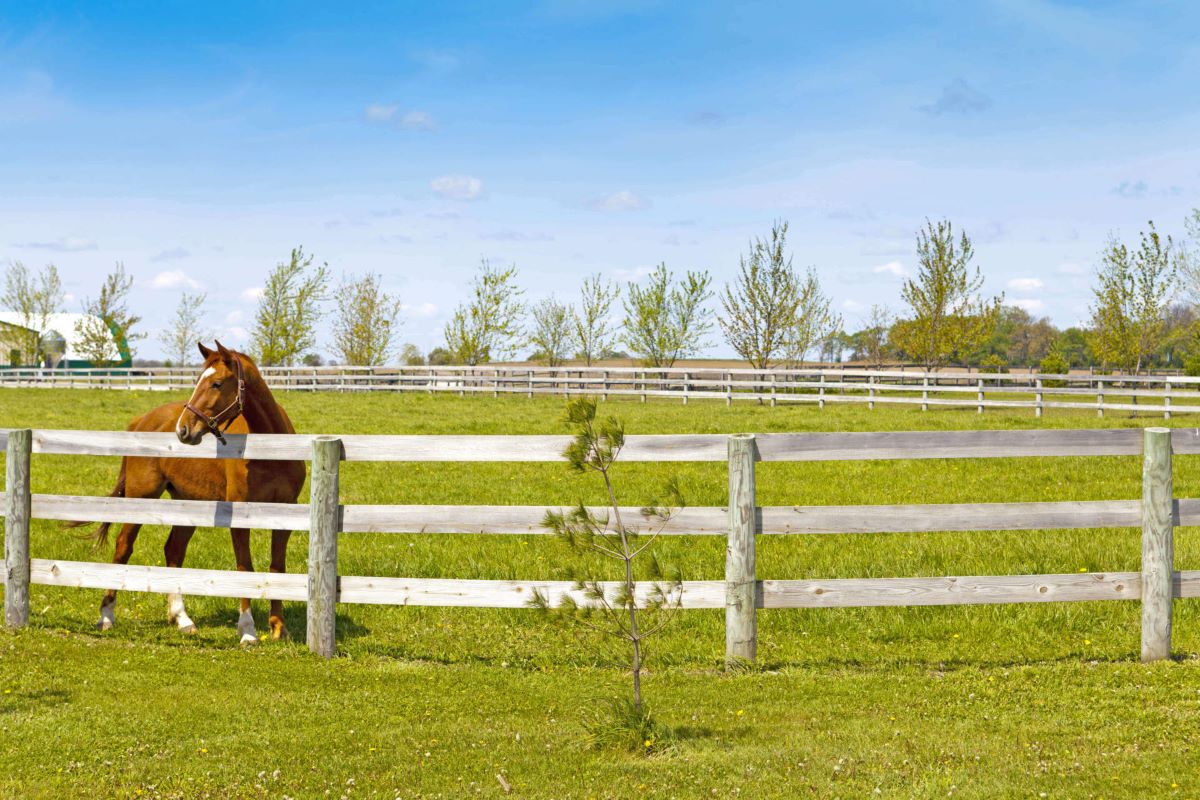
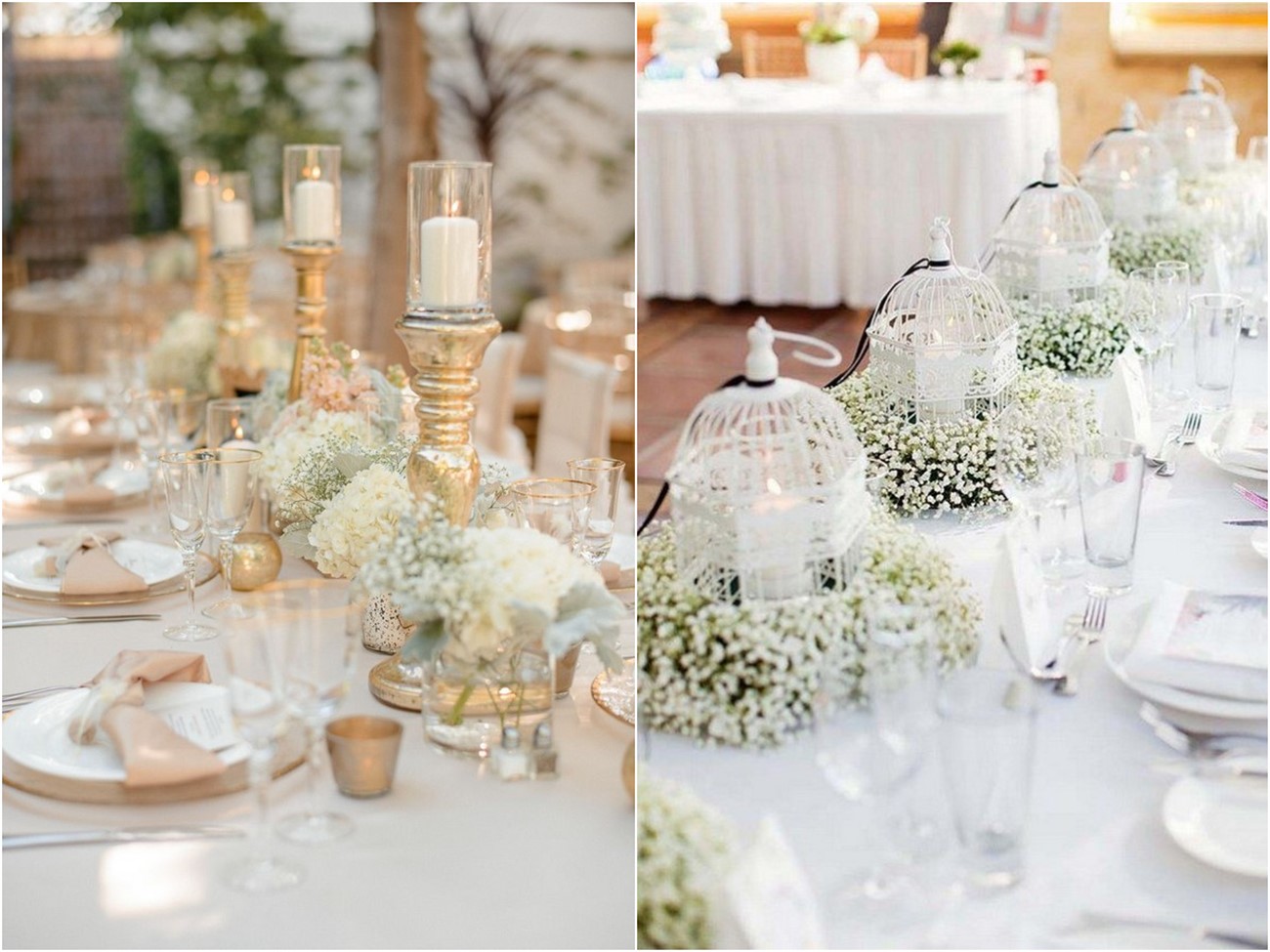
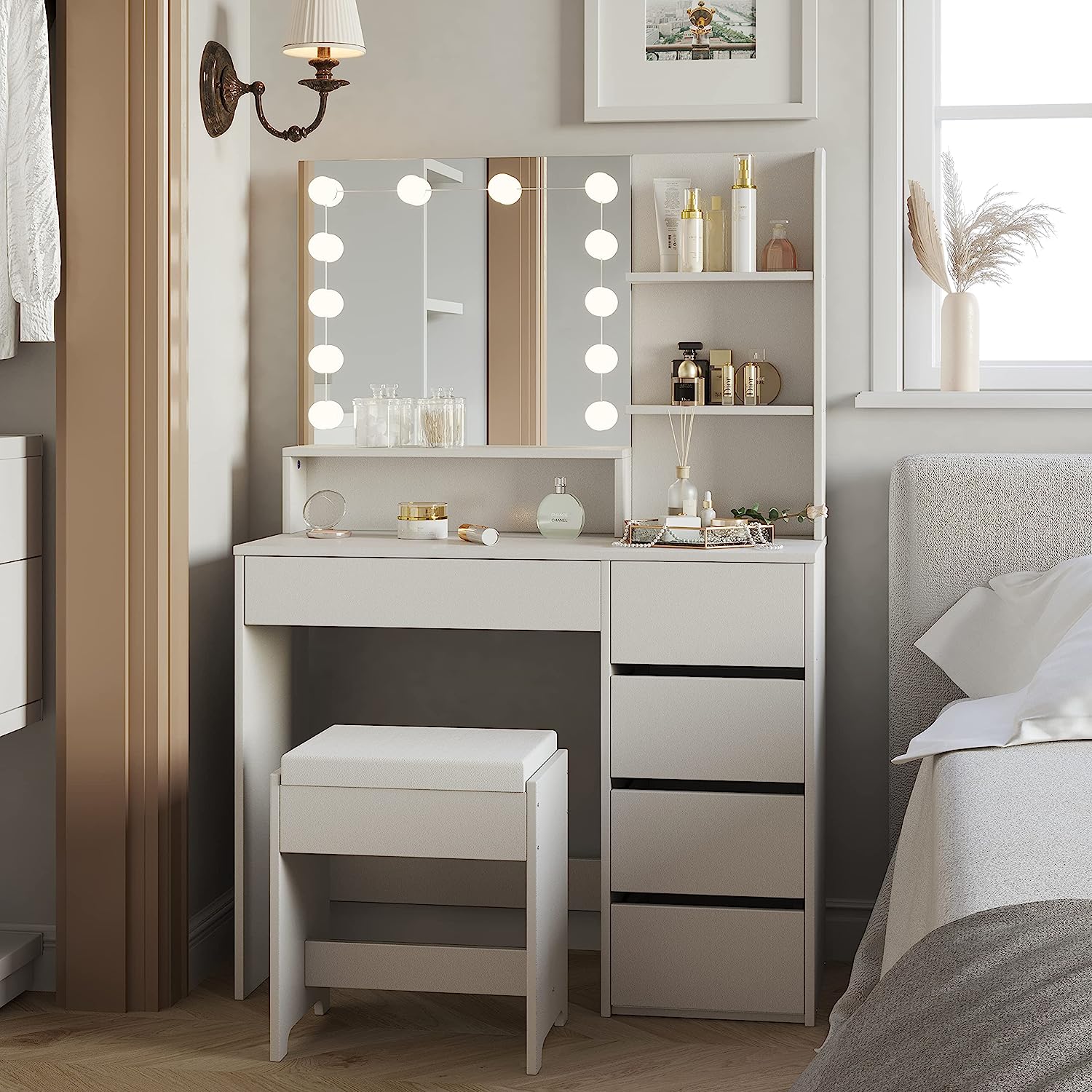
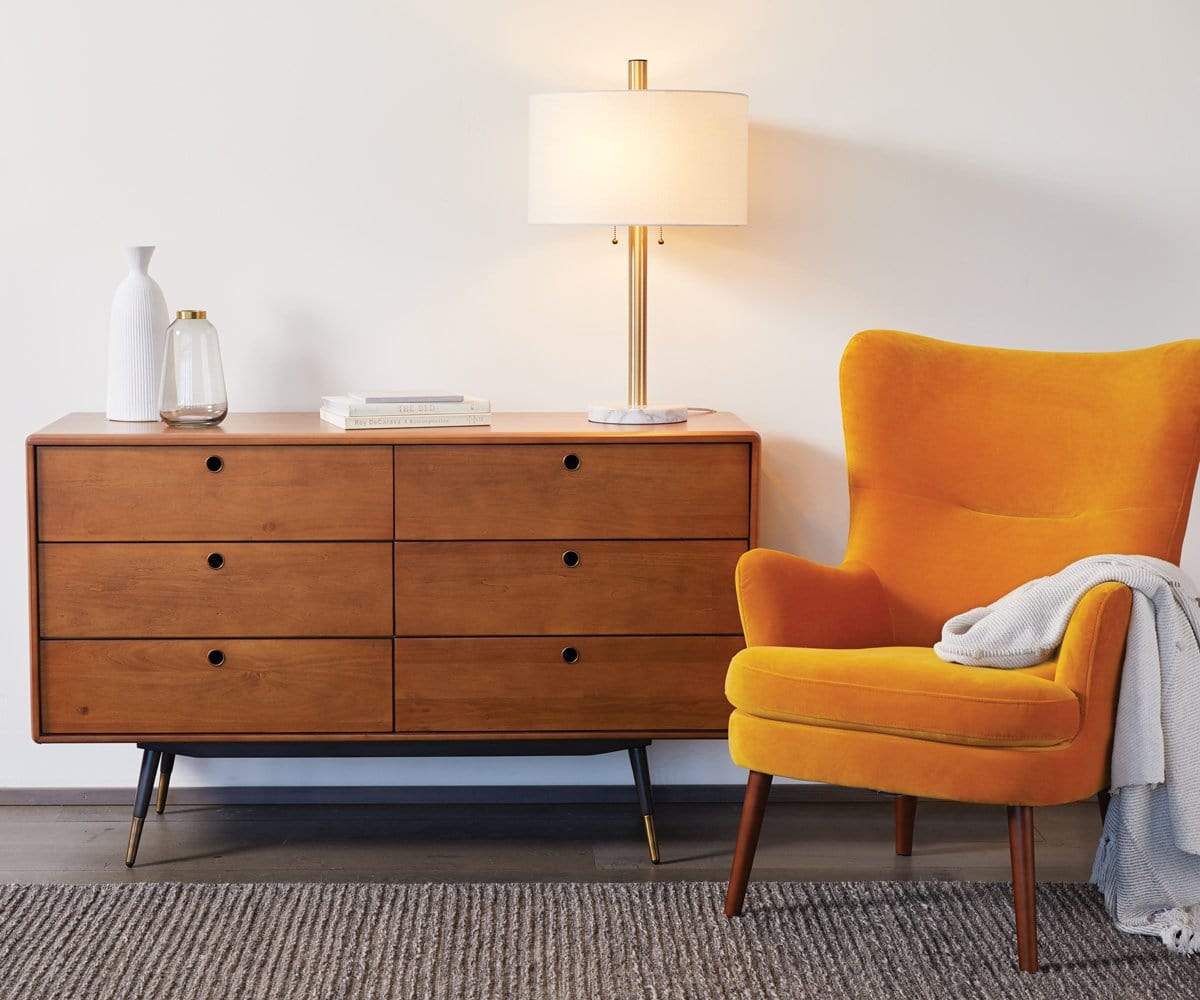
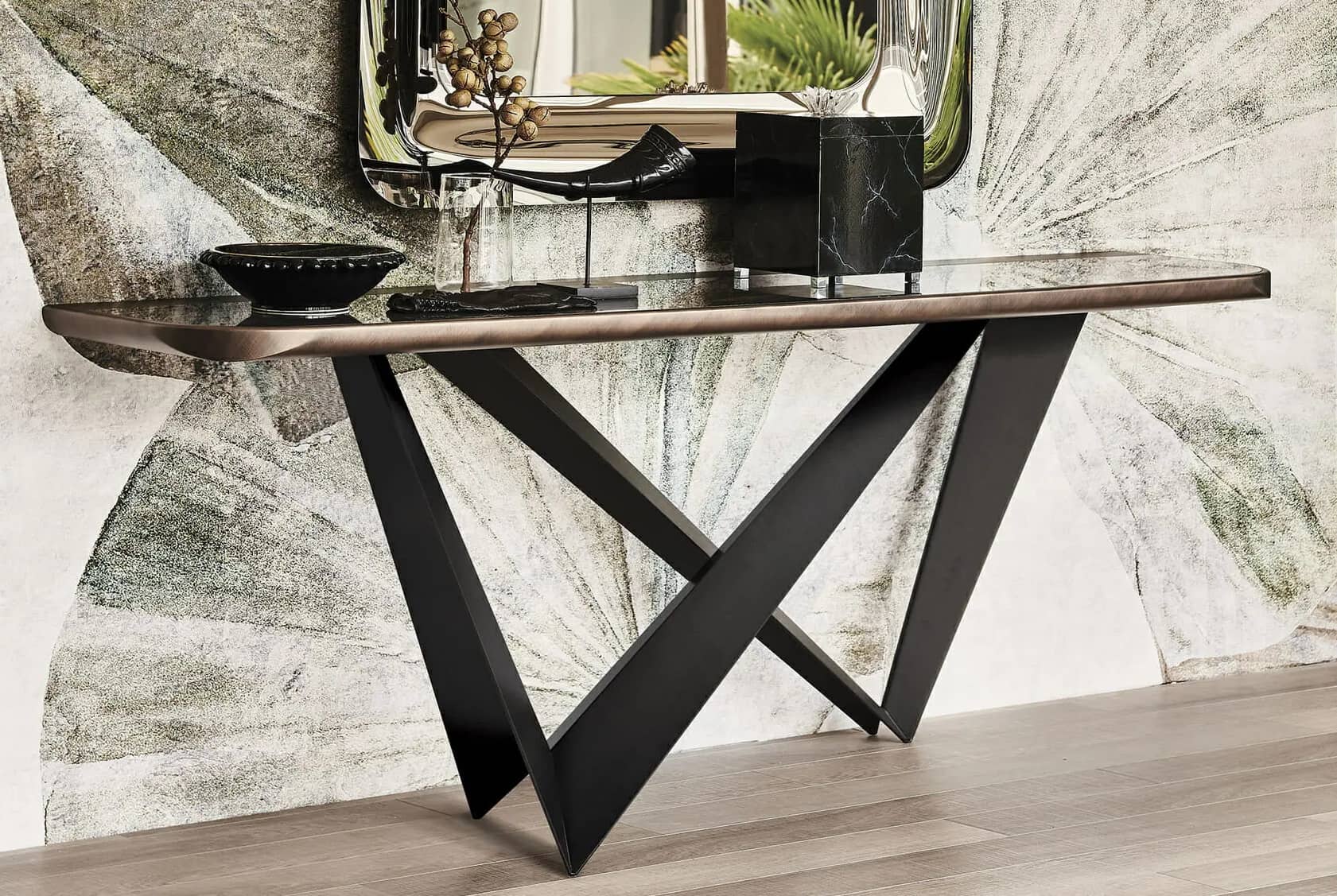

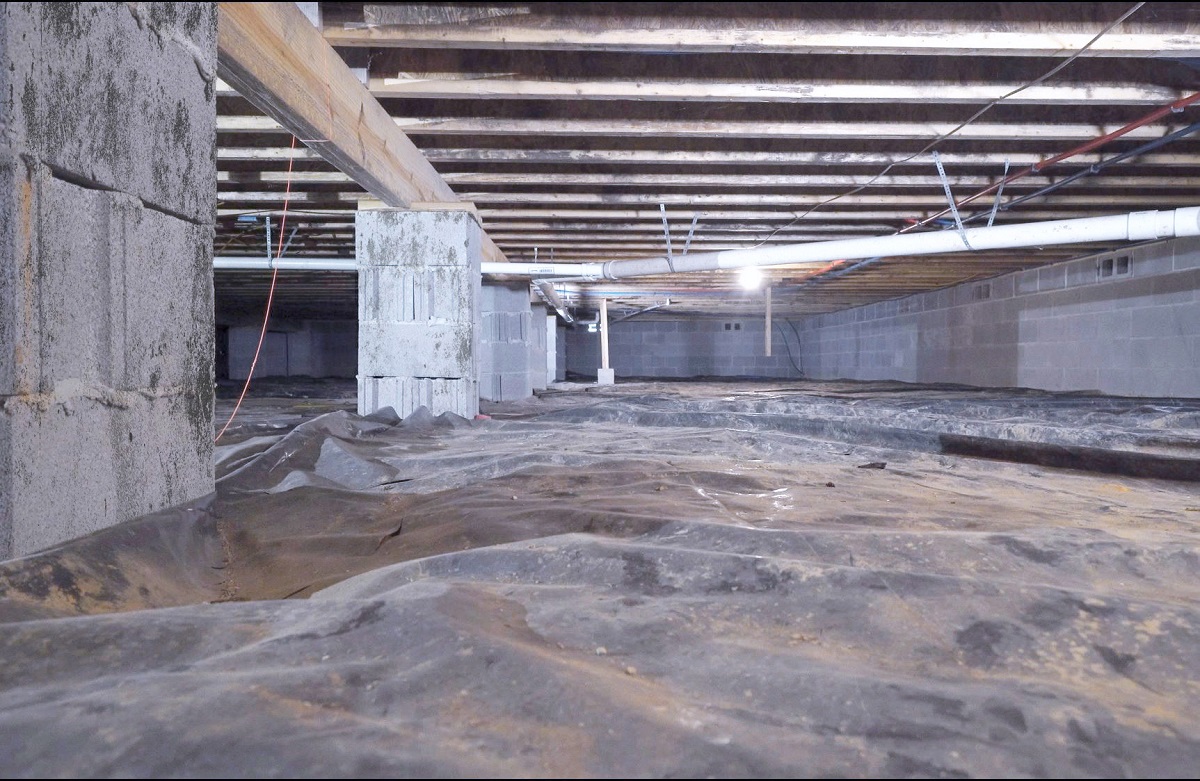

0 thoughts on “How Tall Should Bookshelves Be”